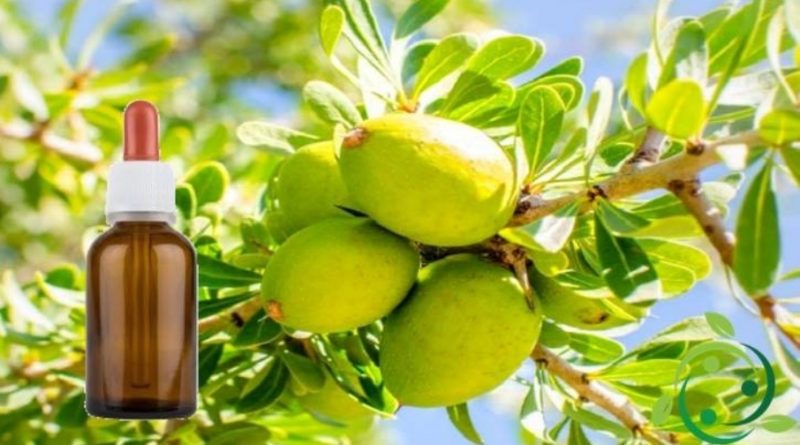Argan oil
Argan oil
Argan oil, also known as cosmetics in Moroccan oil, is the oil obtained from the seeds of Argania spinosa (Argania spinosa (L.), Skeels, 1911), an endemic plant in the southern part of Morocco .
This oil is highly valued for its nutritional, cosmetic and medicinal properties.
Argan oil is obtained from this plant found in the Argan forest, which once covered vast areas of North Africa and which today covers an area of about 800,000 hectares in southern Morocco.
The cultivation and harvesting of the fruits of this plant gives life to an economy in which women’s cooperatives are located, which also ensure the protection and reforestation of these plants.
Argan oil is used both for food and cosmetic purposes.
Thanks to the precious substances extracted from this fruit (Vitamin A, E and F, linoleic acid, Omega 3 and Omega 6, essential fatty acids), the oil is an excellent ally for the skin, fighting the formation of wrinkles thanks to Vitamin E and high concentration of antioxidants.
For cosmetic use, argan oil is exploited above all as an emollient, smoothing and softening the skin and for this reason the lighter colored variety is preferred; it can also be used on hair and nails.
Argan oil is particularly appreciated for its moisturizing and antioxidant properties. Its INCI name is: argania spinosa kernel oil. In cosmetics for oily skin the unsaponifiable fraction of the oil can also be used, with the name INCI: argania spinosa fruit unsaponifiables.
From the argan oil, a soap is produced that takes the name INCI: sodium arganate.
In food use, argan oil is obtained by roasting the seeds beforehand. The oil thus obtained has a darker color and a roasted smell. It can be used as a condiment for bread, couscous and salads. Furthermore, from the grinding of toasted almonds and argan oil, the locals obtain the Amlou, a thick brown paste with a consistency similar to peanut butter, which is consumed as bread. The average contents of the argan oil are: Fatty Acids Saturated 16-20%, palmitic acid 12%, stearic acid 6%, monounsaturated fatty acids 45-50%, oleic acid 42.8%, polyunsaturated fatty acids 32-40%, linoleic acid 36.8% and alpha linolenic acid <0.5%.
Argan oil is very similar to olive oil so it has all the benefits of the typical condiment of the Mediterranean diet. Argan oil therefore helps to keep the levels of “bad” cholesterol (LDL) under control. Its health-giving properties are also reinforced by the abundant presence of antioxidants, such as the precious tocopherols (vitamin E). The only negative note concerns the low content of alpha linolenic acid which is in any case a common characteristic of olive oil.
Argan oil, thanks to the reduced content of polyunsaturated fatty acids, is conserved quite well and, if it were not for the high cost, it could also be used for frying. The reduced yield and the laborious manufacturing process contribute to raising the price.

